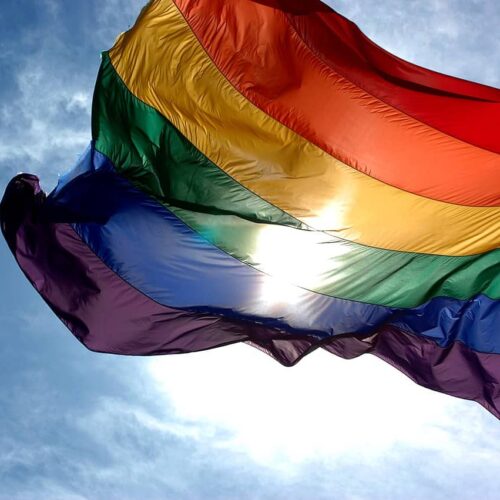Introduction
We’re continuing our Q&A series with reporters who have published powerful investigative stories. In last week’s newsletter, we took a deep dive into three LGBTQ workplace discrimination cases being argued before the Supreme Court. They will decide whether or not the Civil Rights Act of 1964 grants federal protections to LGBTQ workers.
Now, we’re bringing it back to 2009, before gay marriage was legalized. Tara Siegel-Bernard and Ron Lieber of the New York Times wrote a piece about the cost of being a gay couple. Take, for example, healthcare. Worst case scenario: your lower earner’s employer didn’t provide health insurance and their partner’s employer doesn’t cover domestic partners. All in all, a gay couple would have paid $211,993 more than heterosexual couples for health insurance. We’re taking a retrospective look at the number-crunching because the cost of being gay has a lot to do with money. And without federal protections at work, some LGBTQ people may have a hard time getting it.
How did you come up with the idea for this story?
TSB: Before I was at the Times, I noticed there wasn’t a lot of coverage in this area. I had conversations with LGBT colleagues and friends and spoke to them about the extra hurdles that they had to clear to simply be a family. So I started to do a little research and found that there were groups of professionals that cater the LGBTQ community’s financial lives.
What I quickly discovered after talking to a lot of these folks was that they were often navigating a minefield particularly if they had children. So, I had a little bit of background writing about it and then when I came to the Times.
RL: So much of the conversation was, you know, about God or about the constitution or about legal technicalities. And we kept saying to each other, wait a second. No, like a big part of this conversation is about, um, the inequality of personal finance and the obstacles and the barriers you run up against
What were the challenges?
TSB: We thought initially that the [number crunching] would take, you know, a couple of weeks to do. And we were so wrong. We ended up simulating 900 tax returns and that’s a big ask of a source. We ultimately partnered with the Tax Policy Center to conduct the analysis and we paid them for their time because it was just a huge amount of work.
How did your audience respond after the story was published?
TSB: We ended up starting a series on our blog called “The Cost of being Gay” and that also became really widely read by the LGBT community. We started to focus in on one issue, in particular ––“grossing up.” For employers who wanted to treat all of their workers fairly, they had to “gross up” their gay employees’ salaries to account for the extra tax that they had to pay. [In other words, employers knew that their gay employees had to deal with the costs of systemic issues and would increase their salary to account for their extra taxes.] We started to create a list of companies that were grossing up the employees. As this idea kind of caught on, we started to get calls from law firms and other companies that wanted to appear on our list. I really felt it had a really wide impact.
The takeaway: There are unexplored angles to every story.


Join the conversation
Show Comments